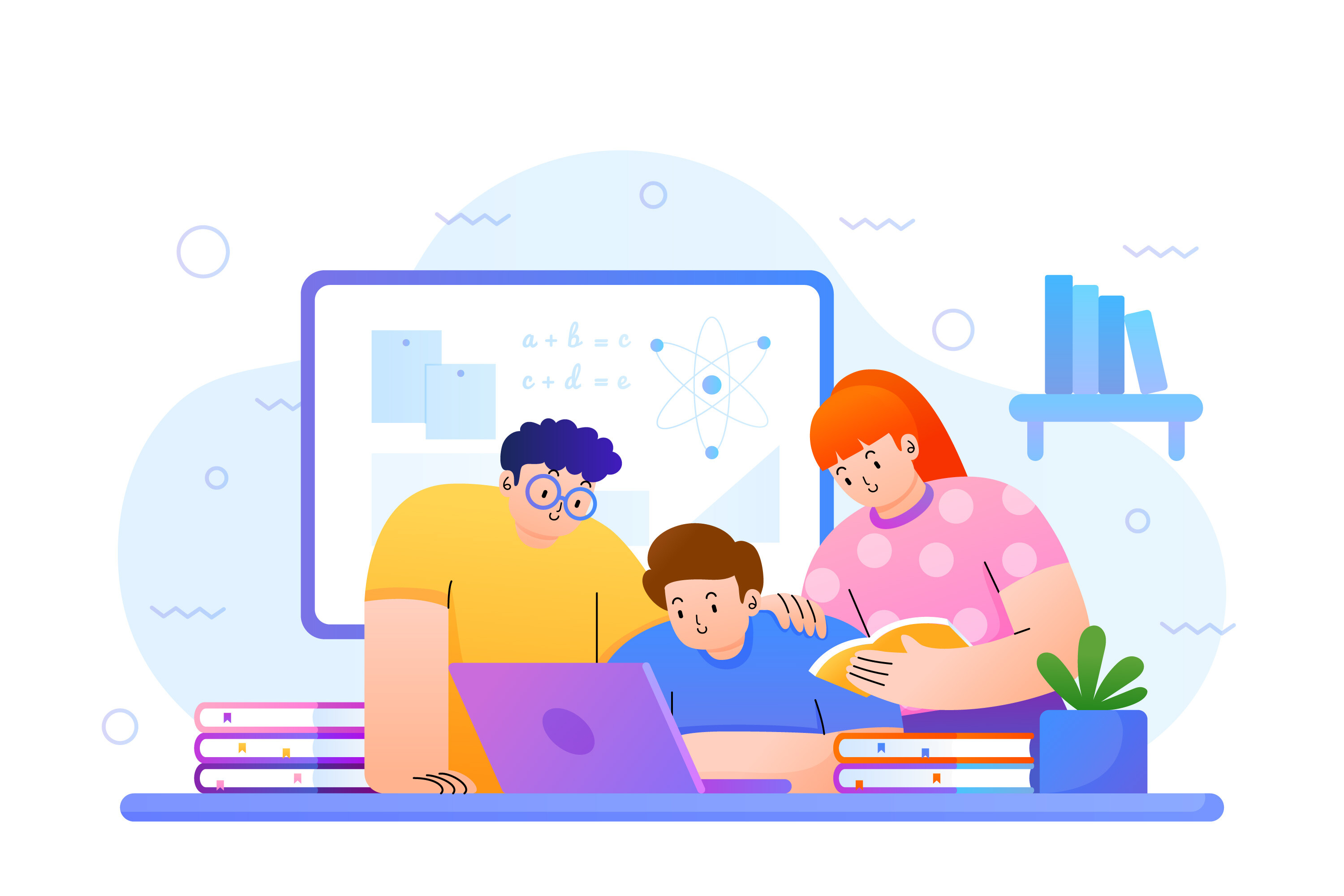Why Microlearning Is the New Standard !
The landscape of employee training is evolving rapidly. Traditional, hours-long sessions are being replaced by bite-sized training modules delivered through e-learning platforms. This shift is not just about convenience, it’s about effectiveness.
As organizations embrace the digital transformation of the workplace, microlearning is emerging as the gold standard for employee development.
Why Traditional Training Methods Are Falling Short
Traditional training often involves lengthy, in-person sessions that struggle to capture attention and yield measurable results. Here’s why these methods are becoming obsolete:
- Time-Intensive: Employees find it difficult to set aside hours for training without disrupting their work.
- Low Retention Rates: Studies show that learners forget up to 70% of information within 24 hours of a traditional training session.
- Lack of Flexibility: Static content doesn’t adapt to individual learning needs or styles.
The result? Wasted resources and disengaged employees.
What Is Microlearning?
Microlearning involves delivering training in short, focused bursts that employees can complete in just a few minutes. It is typically offered through e-learning platforms, making it accessible anytime, anywhere.
Key Features of Microlearning:
- Lessons that last 3-5 minutes.
- Mobile-friendly content for on-the-go access.
- Engaging formats like videos, infographics, and quizzes.
Benefits of Bite-Sized Employee Training
Microlearning addresses the pain points of traditional training while delivering impactful results. Here’s how:
1. Flexible Learning for Busy Employees
Employees no longer need to block off hours for training. Bite-sized modules fit seamlessly into their daily schedules.
Example:
A sales representative completes a 5-minute lesson on negotiation tactics during their lunch break.
Impact:
- Reduces disruption to workflows.
- Encourages continuous learning by making it easy to access.
2. Higher Engagement and Retention
Interactive content and shorter lessons keep employees engaged. Additionally, the focused approach improves knowledge retention.
Example:
An onboarding module includes a gamified quiz to reinforce company policies, making the process both fun and memorable.
Impact:
- Boosts completion rates.
- Improves long-term retention of key concepts.
3. Cost-Effective Training Solutions
Microlearning eliminates the need for travel, printed materials, and lengthy sessions, making it a cost-effective alternative.
Example:
A company uses an e-learning platform to train employees across global locations, reducing expenses by 50%.
Impact:
- Saves time and resources.
- Enables scalable training for growing teams.
4. Personalized Learning Paths
E-learning platforms use AI to create customized training plans based on employee roles, skills, and performance.
Example:
A marketing professional receives personalized recommendations for modules on SEO and content strategy.
Impact:
- Tailors training to individual needs.
- Accelerates skill development.
5. Real-Time Analytics for Better Decision-Making
Microlearning platforms provide detailed insights into employee progress and performance, helping organizations measure ROI.
Example:
HR teams track completion rates and quiz scores to identify skill gaps and improve training programs.
Impact:
- Enhances the effectiveness of training initiatives.
- Demonstrates measurable results to stakeholders.
Trends Driving the Adoption of Microlearning
1. Mobile-First Training
As smartphones become ubiquitous, mobile-friendly microlearning ensures employees can train anytime, anywhere.
2. Gamification
Gamified elements like points, badges, and leaderboards increase motivation and engagement.
3. AI-Powered Content
AI helps deliver personalized training experiences and adaptive learning paths.
4. Integration with Collaboration Tools
Microlearning modules integrated into tools like Slack and Microsoft Teams ensure training becomes a part of daily workflows.
How HR Leaders Can Leverage Microlearning
HR teams play a crucial role in the adoption of microlearning by:
- Aligning Training with Business Goals: Focus on skills that drive organizational success.
- Promoting a Learning Culture: Encourage employees to view training as an ongoing journey.
- Measuring Impact: Use platform analytics to track progress and optimize programs.
Conclusion
Microlearning is not just a trend, it’s a necessity for organizations looking to future-proof their workforce. With its flexibility, engagement, and measurable impact, bite-sized training delivered through e-learning platforms is revolutionizing employee development. By embracing microlearning, organizations can create a culture of continuous learning and stay ahead in a competitive marketplace.
5Mins.ai helps thousands of teams speed up their training and upskilling with our AI powered TikTok style platform. You can check out our full library of 20K + bite-sized lessons by filling in the form below
Full catalogue
